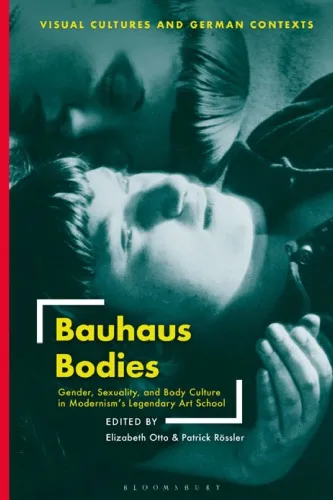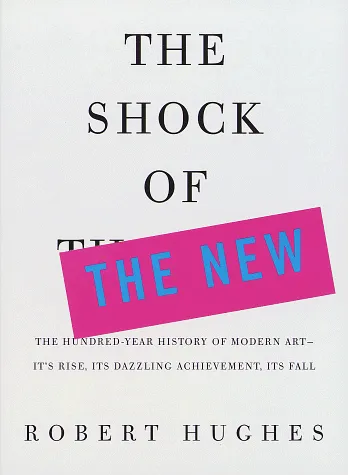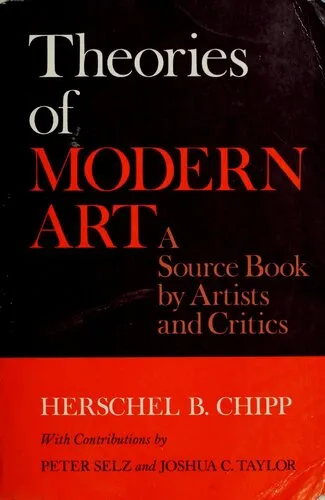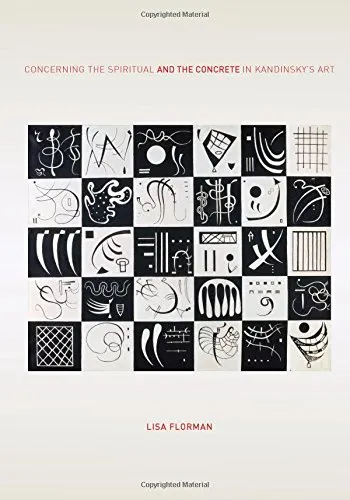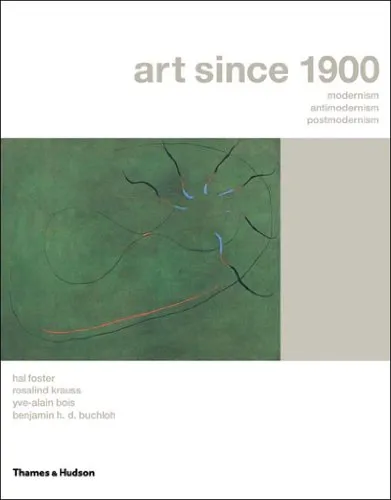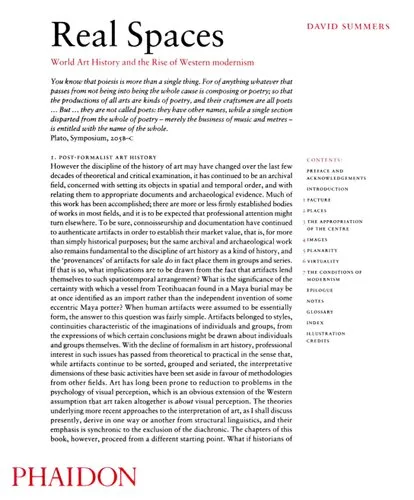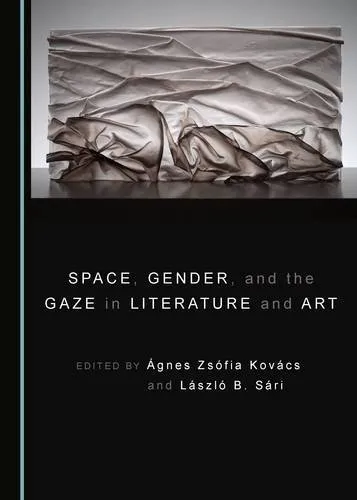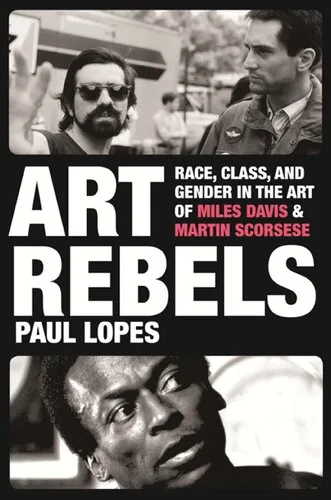Bauhaus Bodies: Gender, Sexuality, and Body Culture in Modernism's Legendary Art School
5.0
Reviews from our users

You Can Ask your questions from this book's AI after Login
Each download or ask from book AI costs 2 points. To earn more free points, please visit the Points Guide Page and complete some valuable actions.Related Refrences:
Dive into the intriguing interplay of gender, sexuality, and body culture that defined an era of groundbreaking artistic expression with Bauhaus Bodies: Gender, Sexuality, and Body Culture in Modernism's Legendary Art School. Journey through the lens of modernism where art and life fused, revealing the intricate tapestry of identities molded within the Bauhaus' iconic walls.
Detailed Summary of the Book
At its core, Bauhaus Bodies explores the physical and metaphysical spaces of the Bauhaus school, dissecting how this revolutionary institution addressed, experimented with, and sometimes transgressed the conventions of gender and sexuality. Established in 1919, the Bauhaus became a crucible for intellectual and creative ferment that attracted students and faculty committed to reshaping society through innovative design and art. The book delves into this vibrant cultural milieu by examining how bodies, gender roles, and sexual identities were expressed and challenged in works by Bauhaus artists from diverse backgrounds.
With a comprehensive collection of essays from leading scholars and historians of art and architecture, the book unveils personal biographies, artistic endeavors, and the socio-cultural contexts that shaped the individual and collective identities at the Bauhaus. The essays critically assess the contradictions and tensions in the school's progressive agenda, providing an inclusive perspective on various artists who have been overlooked or marginalized in traditional Bauhaus narratives.
In meticulously curated chapters, the book captures the dynamic dialogues and interactions between gender and modernism, dissecting how the Bauhaus fostered both compliance and resistance to gender norms. It showcases how the Bauhaus became a space for the avant-garde experimentation that questioned and redefined masculinity, femininity, and other spectrums of identity, especially in an era fraught with change and conflict.
Key Takeaways
- The Bauhaus was not merely an art school, but a hub of progressive experimentation where traditional gender roles were questioned and expanded.
- The essays provide a nuanced understanding of how modernist movements like the Bauhaus influenced and were influenced by the social constructs of the time, particularly those relating to gender and sexuality.
- The book highlights lesser-known figures of the Bauhaus and their contributions, thus broadening the understanding of its legacy beyond the famous names.
- A critical reflection on how the Bauhaus' ideals of functionality and aesthetics intersected with personal identity and politics.
Famous Quotes from the Book
"At the Bauhaus, the architecture of the body was as vital as the architecture of buildings."
"To innovate, one must first dance on the edges of convention."
"The canvas was not just for paint; it was for inscribing the narrative of the self."
Why This Book Matters
Bauhaus Bodies cuts through the traditional narratives of art history, offering an enriched perspective that elevates lesser-celebrated voices within the Bauhaus and the broader modernist movement. The book is critical for understanding the interrelation of art, identity, and society, especially reflecting on today's dialogues about diversity and inclusion.
This work brings essential content into focus at a time when reassessing historical narratives is vital for an inclusive and comprehensive understanding of art history. It challenges prevailing myths and sheds light on the overlooked contributions of women and LGBTQ+ members of the Bauhaus, highlighting their pivotal roles in shaping the modernist discourse.
Through its exploration of the intertwining of gender, sexuality, and artistic expression, this book underscores the lasting impact of the Bauhaus — not just on art and design, but on cultural understandings of gender and sexual identity in the modernist epoch.
Free Direct Download
You Can Download this book after Login
Accessing books through legal platforms and public libraries not only supports the rights of authors and publishers but also contributes to the sustainability of reading culture. Before downloading, please take a moment to consider these options.
Find this book on other platforms:
WorldCat helps you find books in libraries worldwide.
See ratings, reviews, and discussions on Goodreads.
Find and buy rare or used books on AbeBooks.
1272
بازدید5.0
امتیاز50
نظر98%
رضایتReviews:
5.0
Based on 0 users review
"کیفیت چاپ عالی بود، خیلی راضیام"
Questions & Answers
Ask questions about this book or help others by answering
No questions yet. Be the first to ask!
